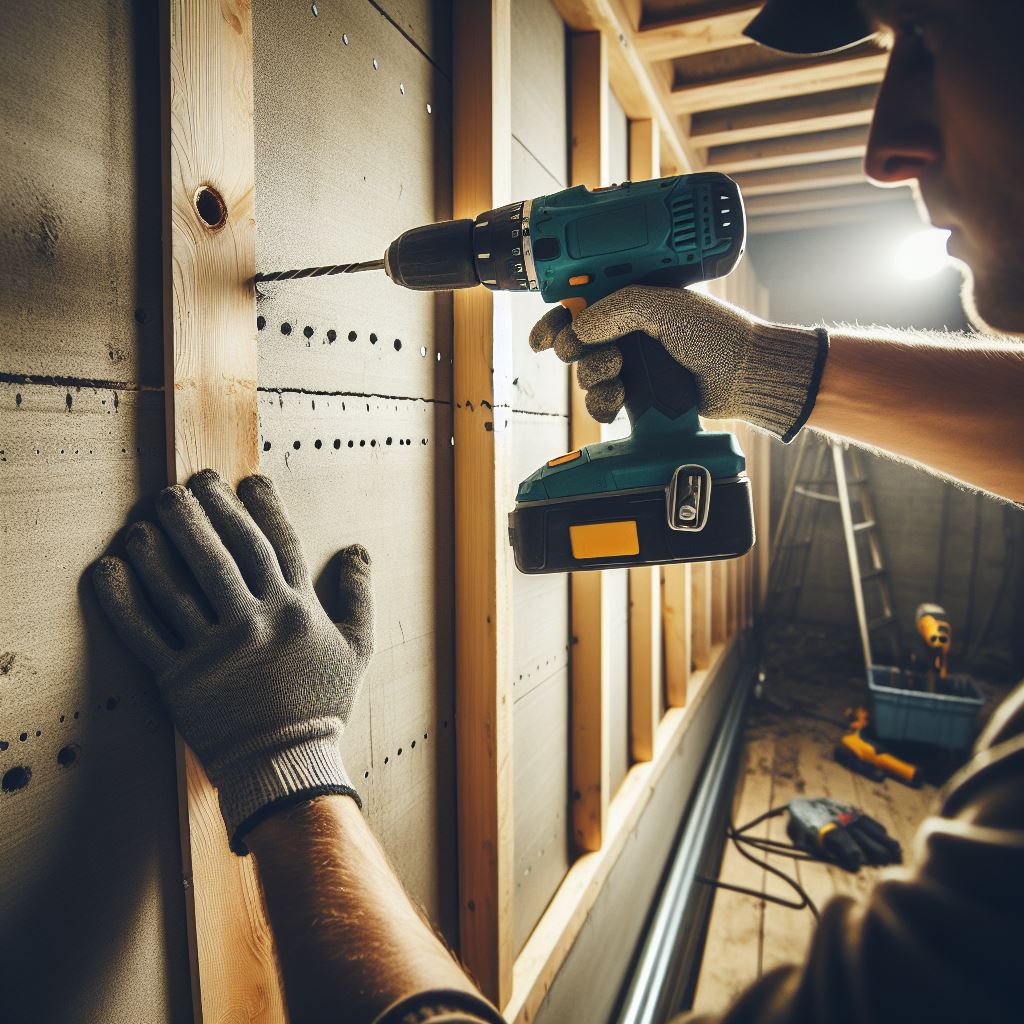Can you mount TV in drywall?
Mounting a TV on drywall is possible with the right tools and anchors. Elephant Anchors provide a reliable, easy-to-use solution, eliminating the need to find studs while supporting TVs up to 90 lbs. Their all-in-one kit includes everything you need for quick installation, making it perfect for both novice DIYers and seasoned pros. For safe and secure TV mounting on drywall, check out the Elephant Anchors Metal Stud Mounting Kit: Shop Elephant Anchors.

